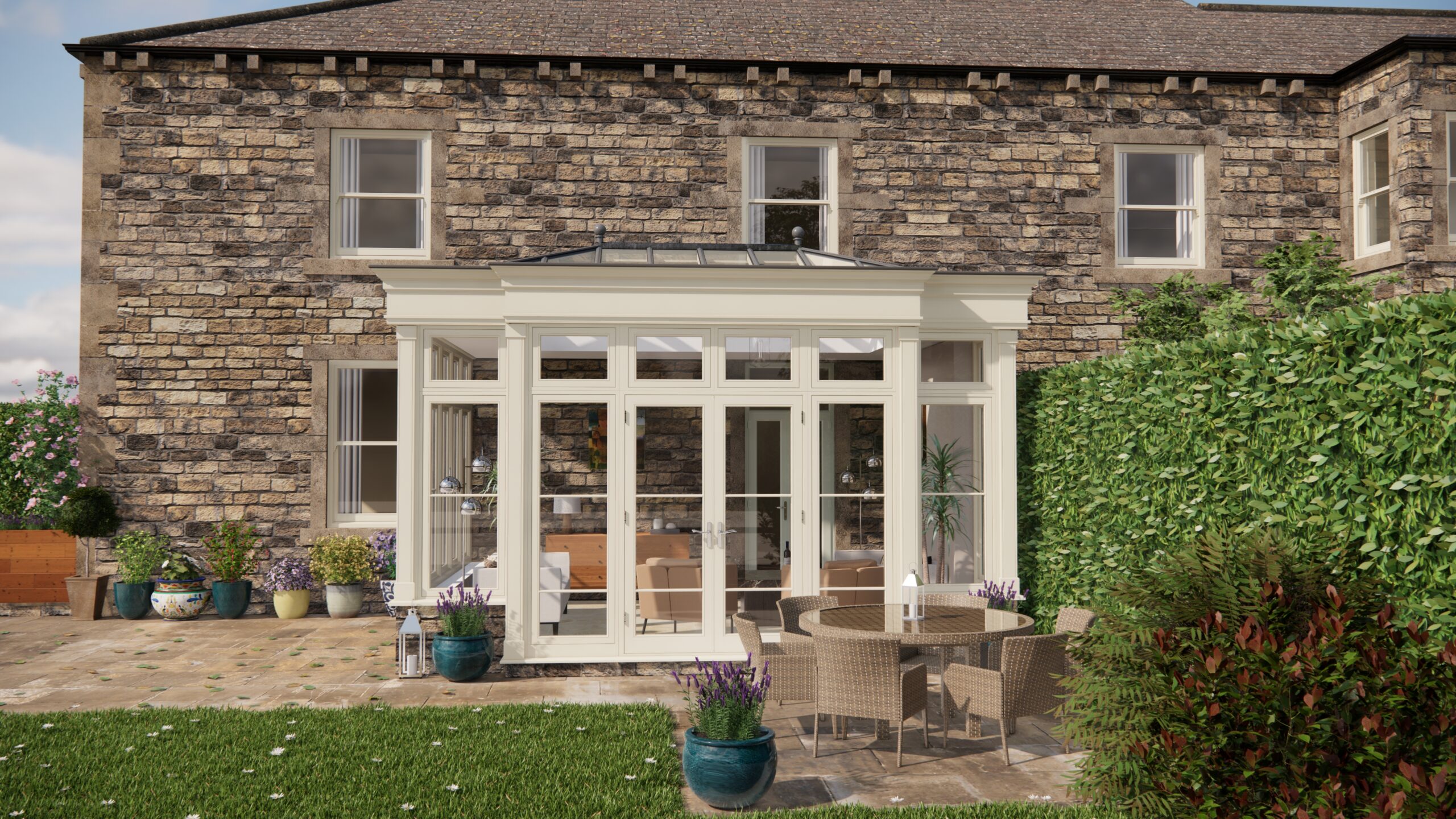Right, let’s talk gardens. Not the kind that demand your every waking moment, but the kind that practically look after themselves while humming with life. I’ve been spending a lot of time lately researching and experimenting with creating a low-maintenance haven in my own little corner of the UK, one that both delights the eye and provides a sanctuary for our feathered and buzzing friends. And let me tell you, it’s been a rewarding journey. I’ve been enjoying reading different articles recently about enjoyment of the garden, landscaping and plant types and how orangery enhance our enjoyment, this has inspired me to write about my own Low-effort wildlife oasis
My aim was simple: a garden I could enjoy in rather than be enslaved by. I wanted wildlife, bursts of colour, and that essential feeling of tranquility, without the endless weeding and watering. Turns out, it’s entirely achievable! Here’s what I’ve learned, and how you can replicate the magic.
Embrace the Drought-Tolerant Delights
The key to low-maintenance is choosing the right plants, especially in our increasingly unpredictable UK weather. Think Mediterranean vibes! Lavender (Lavandula), with its soothing scent and bee-attracting flowers, is a champion. Sedums (Stonecrops) are another fantastic choice; their fleshy leaves store water, and the late-season blooms are a magnet for pollinators. I have a sprawling carpet of Sedum ‘Autumn Joy’ which needs practically zero attention. Other winners include Verbena bonariensis (tall, airy purple flowers loved by butterflies), Eryngium (Sea Holly, providing architectural interest and attracting insects), and various grasses like Festuca glauca (Blue Fescue) for texture and movement. All of these need a lot less watering than some of the more traditional plants. Don’t be afraid to explore the world of succulents too – they thrive on neglect!
To replicate: When planting drought-tolerant plants, improve the soil drainage by adding grit or gravel to the planting hole. This helps prevent root rot, which is a bigger killer than drought. Plant them in a sunny location, as they generally prefer full sun.
Ground Cover: Your Weed-Busting Ally
Bare soil is an invitation to weeds. Ground cover plants are your secret weapon. Thyme, creeping Jenny (Lysimachia nummularia), and clover are excellent options. They spread quickly, smothering weeds and providing a living mulch. Clover also has the added benefit of fixing nitrogen in the soil, enriching it naturally. Another good option is Cerastium tomentosum (Snow-in-Summer) – a low-growing plant with silver foliage and masses of white flowers in spring.
To replicate: Before planting ground cover, clear the area of existing weeds thoroughly. Once planted, water regularly until the plants are established. A layer of mulch around the plants will further suppress weeds and retain moisture.
Mulching: Nature’s Blanket
Speaking of mulch, it’s your best friend for a low-maintenance garden. A thick layer of organic mulch (wood chips, bark chippings, composted leaves) suppresses weeds, retains moisture, regulates soil temperature, and gradually breaks down to enrich the soil. Reapply annually to maintain the depth. Avoid using plastic mulches, as they don’t improve the soil and can be harmful to the environment.
To replicate: Apply a 5-7cm layer of mulch around your plants, leaving a small gap around the stems to prevent rotting. Water the area well after mulching to settle the mulch in place.
Automated Irrigation: Set It and Forget It
While drought-tolerant plants need less water, they still need some, especially during prolonged dry spells. An automated irrigation system, such as a drip irrigation system or a soaker hose, is a game-changer. You can set it to water your plants at regular intervals, even when you’re away on holiday. A rain sensor can also be added to prevent watering during wet weather. I have one for my hanging baskets and its amazing to not have to worry about watering them every day.
To replicate: Install a timer-controlled irrigation system, ensuring that the water is delivered directly to the plant roots, minimising water waste. Consider using a greywater system (recycled bath or shower water) to further reduce your water consumption. You can install these yourself or get a professional gardener to do it for you, just make sure the installation is tested fully.
Hardscaping: The Backbone of Low Maintenance
Hardscaping elements like patios, gravel paths, and stone walls not only add structure and visual interest but also reduce the amount of planted area that needs maintenance. Gravel paths are particularly good at suppressing weeds, and stone walls provide habitat for insects and small animals. Consider using permeable paving materials to allow rainwater to drain into the soil.
To replicate: Plan your hardscaping carefully, considering the layout of your garden and the amount of sunlight it receives. Use durable, low-maintenance materials that will withstand the elements. Ensure proper drainage to prevent waterlogging.
Thinking back, It’s about creating a system where different elements work together: choosing plants that thrive with minimal intervention, using ground cover and mulching to control weeds and retain moisture, automating irrigation for consistent watering, and incorporating hardscaping to reduce the overall planted area. It’s this blend of careful planning and clever choices that makes a truly low-maintenance, wildlife-friendly garden not just a possibility, but a delightful reality. And an orangery or glasshouse is not just for aesthetics; it enhances the garden’s enjoyment by offering a retreat during inclement weather, expanding the growing season, and providing a space for propagating plants, thereby enriching the entire garden experience.


